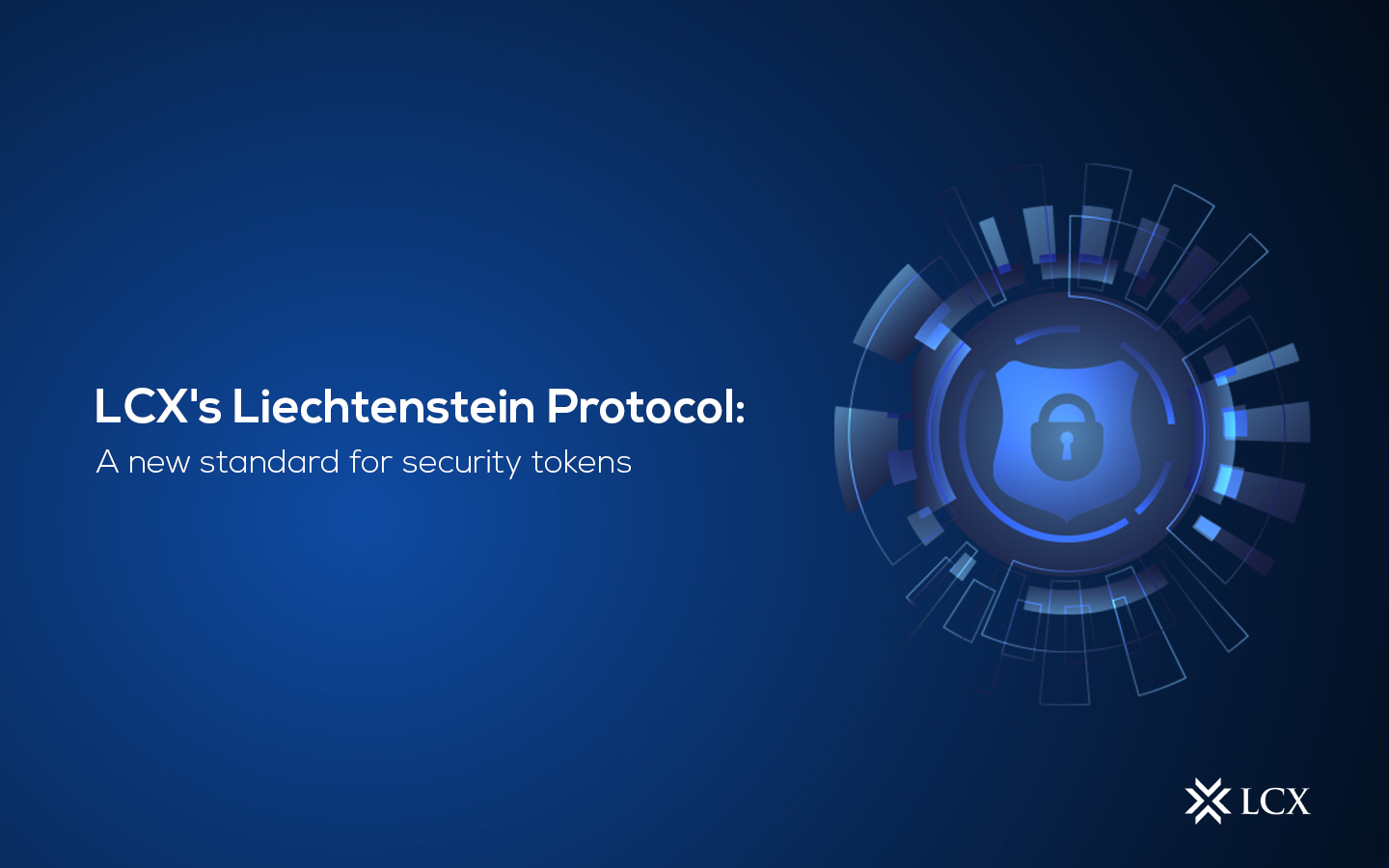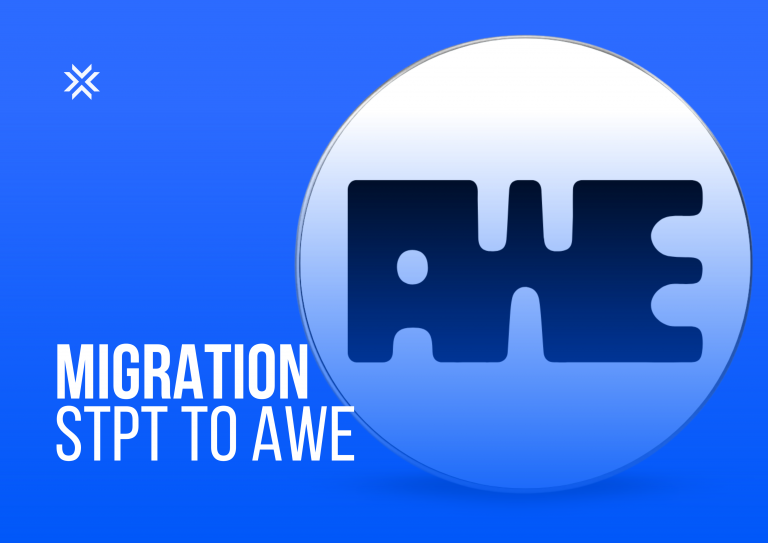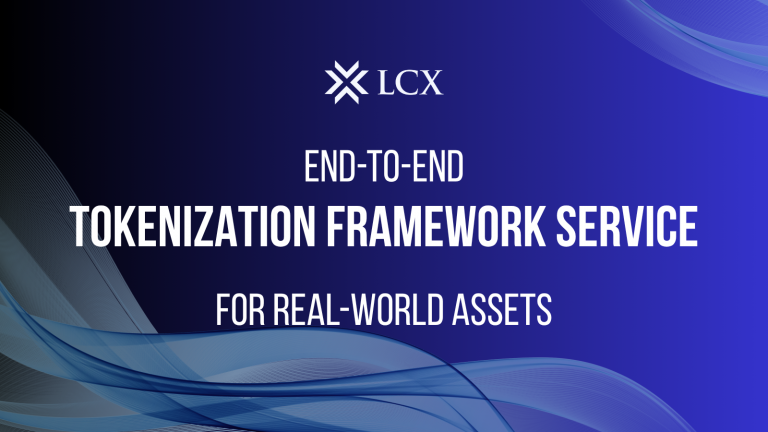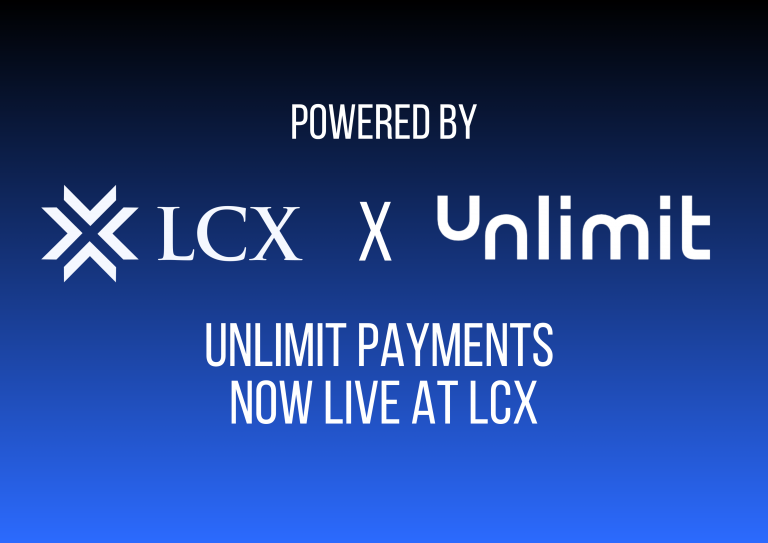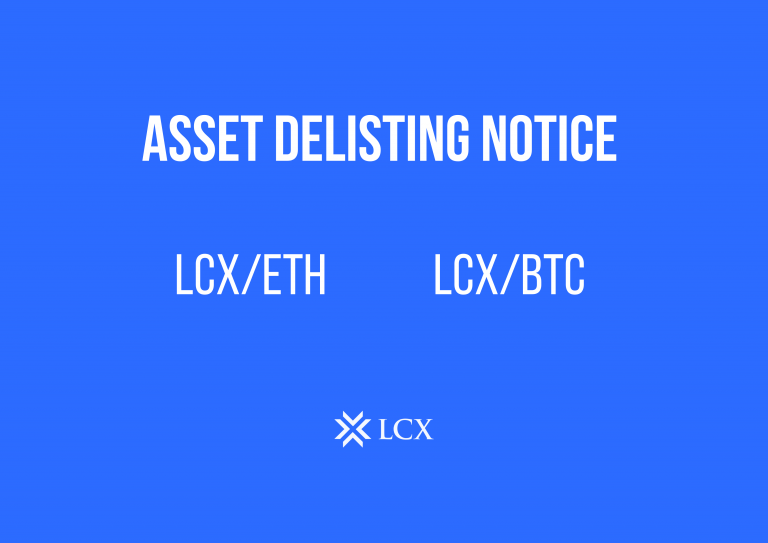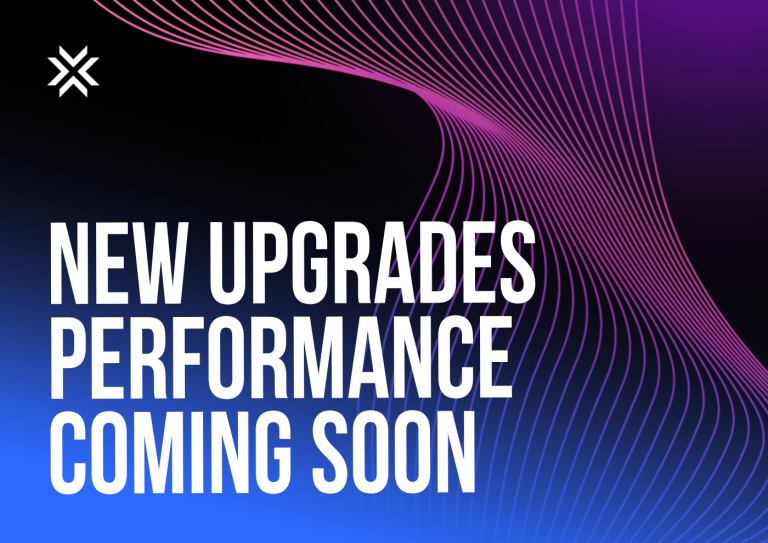The year 2021 is going to be a year of security tokens. Security tokens are basically a tokenized and digital version of traditional securities. The European Securities and Markets Authority (ESMA) defines security tokens as “crypto-assets are a type of private asset that depends primarily on cryptography and DLT”. They categorise security tokens as crypto assets.
LCX’s Liechtenstein Protocol will set a precedent for a new standard for security tokens. The Liechtenstein Protocol stems from the Token and Trusted Technology Service Provider Act (Officially: Token- und VT-Dienstleister-Gesetz; TVTG) also known as the Blockchain Act introduced by Liechtenstein. It is a new regulatory framework that aims at providing a technologically neutral token definition that will form the foundation for a tokenized economy. These new laws have blurred the defining line of the digital and physical world while simultaneously providing a definition of key roles along the value chain of tokenization.
With the technical paper, LCX asserts the need for a new security token standard that will automatically implement compliance and regulatory requirements by implementing them directly on the technology and the token. The paper provides a solution to this by introducing a new token standard presented as an industry-led initiative which derives its core functionality from other standards such as ERC1400, ERC1404, R-Token , or T-REX.
The blockchain agnostic token standard will be implemented on different public chains. It envisions creating a compliant framework for the tokenization of securities in conjunction with enabling the growth and proliferation of asset tokenization as a practice.
The Liechtenstein Protocol standard, and its first iteration, is programmed in a manner that it automatically enforces certain conditions that are necessary from the compliance point of view, on the tokens built on it. This implies that it automates compliance of tokenized assets by necessitating them to adhere to the predefined requirements that are built in the code.
According to the whitepaper published by LCX.com, The Liechtenstein Protocol enables key elements for digital securities:
Compliance
Fulfilling the compliance, regulatory and technology requirements to enable security token offerings at LCX platform, partners and other third parties.
Tokenization
Creating a digital representative of financial instruments on the blockchain.
On-Chain Asset Management
Management of the tokenized digital asset on token level and on the blockchain. The functionalities of this feature are inclusive of Issuance, timelocking, burning and transaction monitoring.
On-Chain Identity
Single KYC and identity management on the blockchain.
Real-Time Cap-Table
Enabling a real-time Token Holder Registry listing all holders of the digital security.
The Liechtenstein Protocol is the first step on the path of creating a decentralized compliance protocol for security-tokens. It offers solutions to the existing challenges that are blocking the expansion of digital securities. This new security token standard transforms how private securities can be issued, transferred and traded in a compliant manner.


